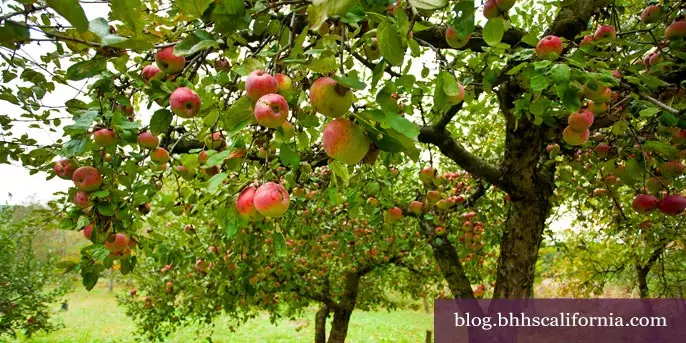
There are few things better than fresh fruit from your own garden. You can bake the fruit into a pie, toss it in a salad, or just snack on it.
In Southern California, there’s a wide variety of fruit trees that flourish and produce sweet, delicious fruit. Fruit trees, however, can be a bit tricky. You need to have the right soil, the right amount of sunlight, the right chill exposures, and much more. But once you’ve figured out how to care for your precious fruit trees, the reward will be worth the effort.
First, determine if there is enough space for your trees. Fruit trees need to be roughly three to six feet away from buildings and sidewalks. You won’t want your roots running into cement or the base of your house, and you won’t want to risk the tree damaging your home when it grows taller and wider. You will also want to make sure your trees have about ten or more feet of space between each before you plant.
Then, assess the land in your yard. What spots in your yard get at least six hours of sun a day during growing season? Make sure buildings or other trees don’t block direct sunlight.
Finally, determine which types of trees should be able to flourish in the conditions of your backyard. Certain trees need a certain amount of chill hours in order for the fruit to ripen and flourish.
Chill hours are those during which temperatures fall below 45 degrees.
Here are some California fruit trees to get you started, and what you can expect.
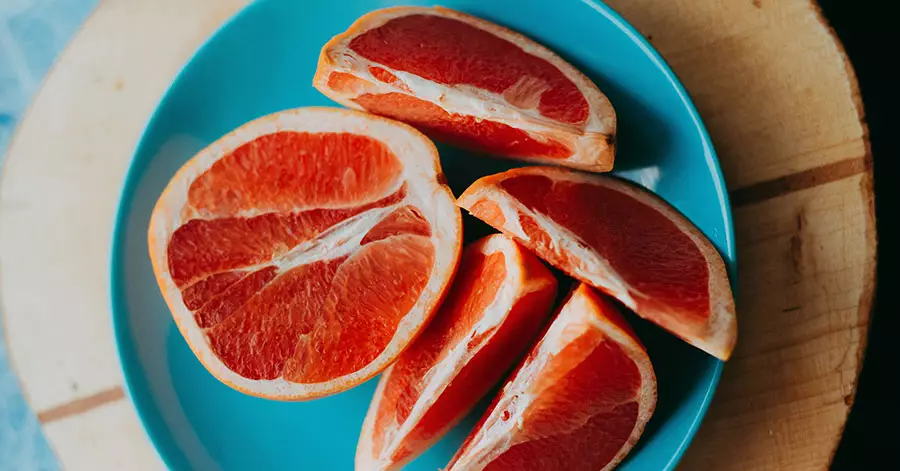
These trees are extremely successful in Southern California, and especially in San Diego and Coronado. Grapefruit has an extremely high source of Vitamin C that is unmatched by any other citrus fruit.
Needs: Plenty of sun! Like all citrus trees, they depend on abundant sunshine, regular rainwater, well-drained soil and consistent harvesting.
What to expect: A sprawling root system and yellow and pinkish globes during spring and early summer.
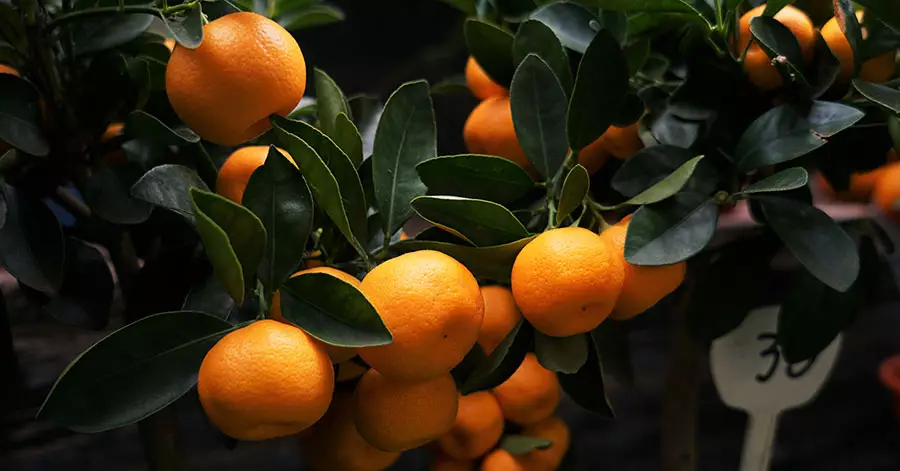
Besides the fact that an entire city is named after this fruit, you should consider growing oranges because they are delicious straight from the tree, juiced, or added into recipes.
Needs: Plenty of vertical space. Orange trees typically grow 22 to 30 feet tall.
What to expect: Planting a Valencia or navel tree will give you oranges almost year-round. Plus, Valencia oranges make the best orange juice (better than anything you would find at a grocery store).
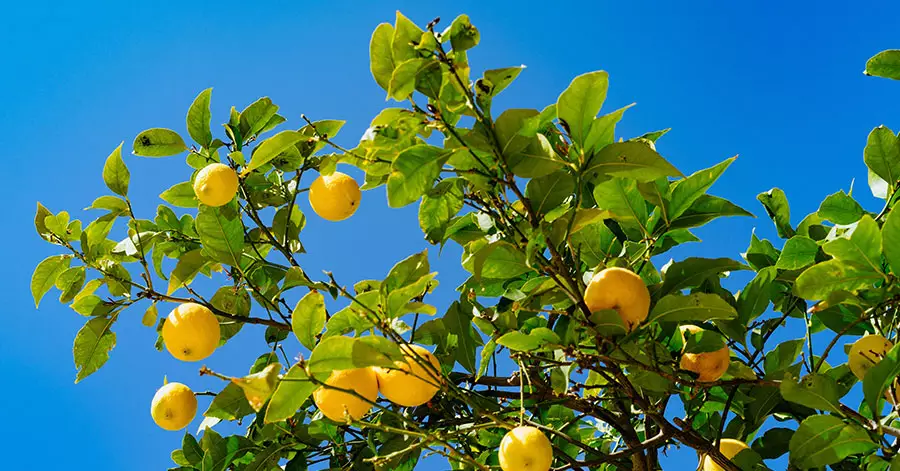
Lemons are another excellent citrus fruit to add to your garden. Lemon is a great fruit to have on hand for cooking, adding to your water or tea, making lemonade, and it can even be applied topically for clean, glowing skin due to its antibacterial properties.
Needs: Lemon trees require lots of sunshine and are much more cold-sensitive than other citrus trees. These trees should be planted in an area with well-draining soil and watered regularly.
What to expect: Standard lemon trees reach heights of 20-30 feet. However, “dwarf” trees grow to about 8 to 10 feet (i.e. these trees are a much better option for a garden with limited space.
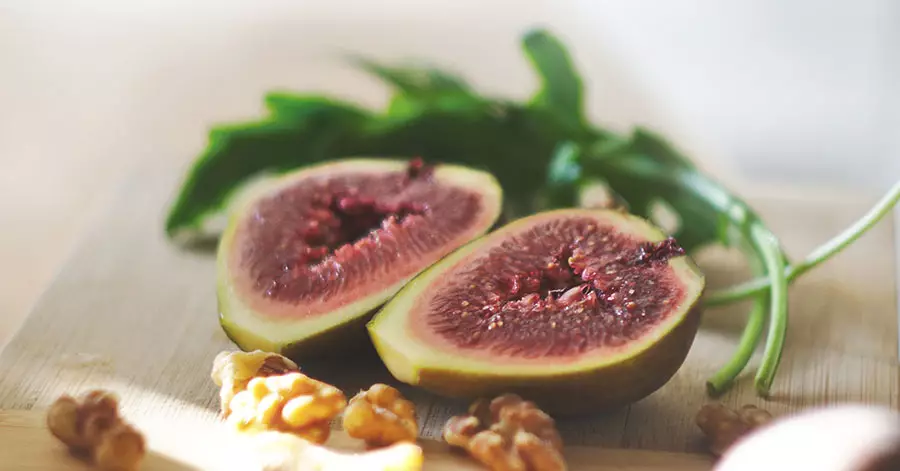
Handsome fig trees are a great addition to any garden, much like figs are a great, fresh addition to tons of meals. The three different types of fig varieties that perform best in Southern California are the Aubique Noire, Negro Largo, and the San Piero.
Needs: Regular pruning.
What to expect: A wide, stocky trunk and medium fruits bursting with luxurious flavor.
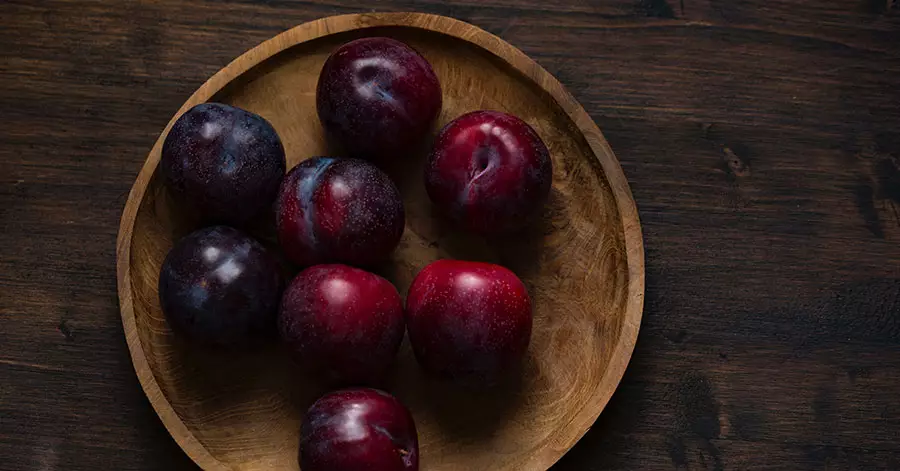
Plum trees are the perfect way to add some sweetness to your garden and are a great option for beginning fruit growers as they are one of the easiest fruits to grow.
Needs: Plum trees generally need a lot of low chill hours, however there are some varieties that require 400 hours or fewer per year. Those varieties are:
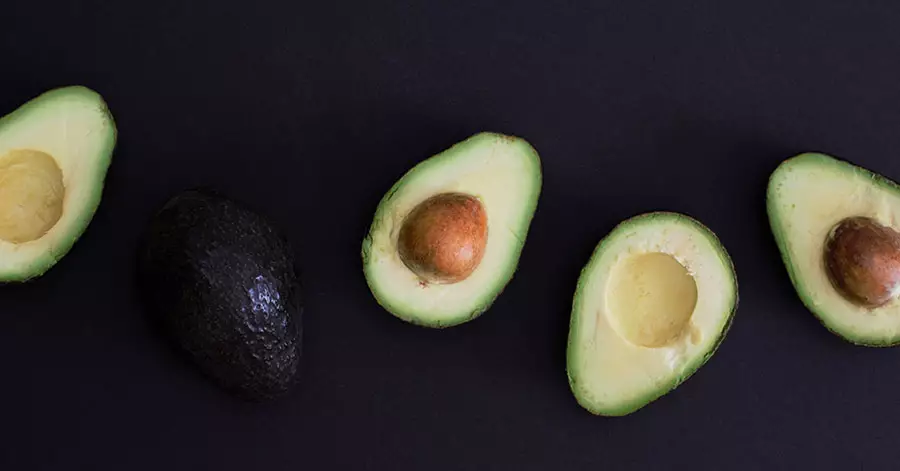
This can’t be a surprise, seeing as avocados are a staple here in Southern California. Here are a few things you need to know before you start adding avocado trees to your yard.
Needs: Avocado trees do well if mulched with a coarse yard mulch for good aeration. It’s also important to remember that avocado trees do not do well planted in lawns, they prefer to be surrounded by soil. Try to plant your avocado trees between March and June.
Watering: Soak the soil well, and don’t water again until it is somewhat dry. You should typically water a full-grown tree about once a week, however young trees require about two to three waterings per week as they cannot hold as much water in their roots.
What to expect: Unfortunately, avocado trees are not going to yield their precious produce until about three to four years after planting. So don’t be discouraged, just keep taking fantastic care of your trees and you will soon reap the benefits!
UCCE Master Gardeners of Orange County give an even more in-depth idea of how to care for and what to expect from your avocado trees.
What fruit trees would you like to plant or do you already have in your yard?
Like what you see here? Sign up for more! Our free e-newsletter informs you of listings in your community, insider real estate tips, the latest in home trends, and more.
Do you sell Fruit Cocktail Trees?
Isn’t fruit cocktail something you eat?; I mean,I could be; wrong. I’ve heard of fruit cocktail being refein to a boo if mic fruit that is usually put in jello and has been canned in syrup. Is thee a tree called fruit cocktail? Is it a man made tree? How many kinds of fruits go on it?;thank you. Karen in southern
Ca
What fruit trees in West Los Angeles have ripe fruit in the fall? I’m writing a novel where kids climb a backyard neighbor’s fence and pick fruit. The story takes place somewhere in September or early October. Would greatly appreciate some help on this.
Thanks,
Ken
Dave Wilsons Nursery has a Fruit and Nut Harvest Chart. Persimmon, Jujube and Apples tend to fall within the September/October time frame. Good look with your novel!
Some easy and productive friut trees to consider planting in Southern California are: Loquat, Pineapple Guava, and Pomagranet. They have low water needs, and are very reliable as I have had much experience with each of them.
Very interesting topic, regards for posting
It’s the best time to make a few plans for the longer term and it is time to be happy I have read this submit and if I could I desire to counsel you few fascinating issues or tips Perhaps you can write subsequent articles relating to this article I want to learn even more issues approximately it!
<a href="[Link deleted]sineklik | Plise perdelerin farklı malzemelerle üretilmiş olması, dayanıklılık ve estetik açıdan daha fazla seçenek sunuyor. Bu yazı seçim yapmama yardımcı oldu.
Women are exposed to estrogen at differing levels throughout their life, especially beginning at menarche and throughout the remainder of their lives <a href=[Link deleted]equivalent Over time, they help you reflect, clearing the head of unfinished thoughts and interactions, making sense of events, while confronting nagging or painful problems, says Cimprich